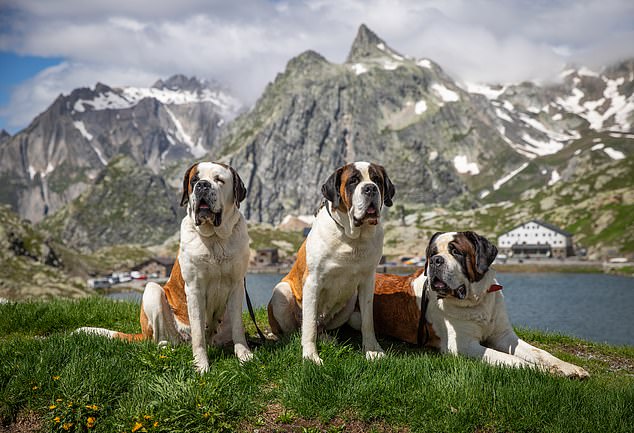Barry greets me at the ancient sanctuary of Augustinian monks built high in the Swiss Alps and clearly wants to be friends. He offers me one of his paws, the size of a soup bowl, in a dog-like handshake, while he lets out a thunderous bark so loud it could trigger an avalanche.
‘Don’t worry,’ says Marilyne Emery, Barry’s kennel keeper, ‘it’s just Barry saying, ‘Nice to meet you.”
That’s a relief. Barry is a number 15 Saint Bernard who, at 4 feet tall, is the size of a pony.
Along with 20 other Saint Bernards and 100 of us who love this droopy-eyed breed, he has just climbed rocky mountain trails to the snowy roof of Europe.
The annual Inalpe des Barry event (this year it will be held on June 29) brings together St. Bernard lovers from all over the world at the bottom of the valley near Martigny, just under two hours by train from Geneva.
Roderick Gilchrist travels to Switzerland to take part in the annual Inalpe des Barry event, where St. Bernard lovers from around the world gather to climb the “snowy roof of Europe.”
The walk continues a tradition that began in the Middle Ages, when farmers drove their livestock from the lower slopes at the end of winter to the lush higher pastures to graze.
Today farmers drive their cows on tractors, but they cling to many of the customs of their ancestors, and this reenactment is one of them.
Hiking boots and waterproof jackets are needed because the temperature can drop to freezing near the summit, even in summer. The end of the journey is the 11th-century Great Hospice of St. Bernard, where monks were the first to use St. Bernards to rescue travelers lost on the frozen wastes.
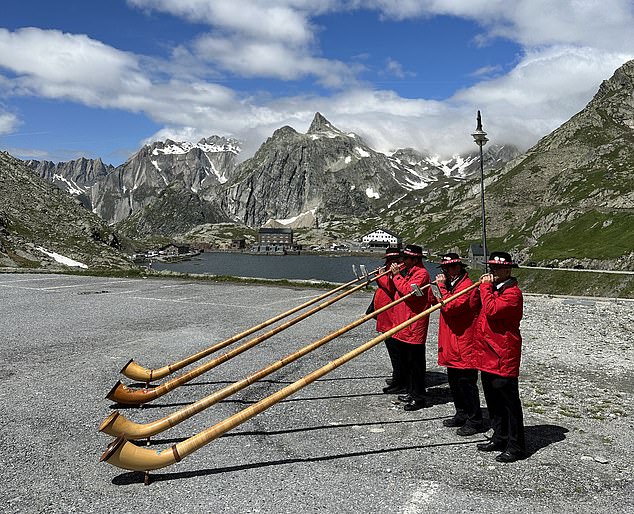
Alpine horns greet Roderick at the Grand St Bernard Hospice, the place where St Bernards were first used by monks to rescue travelers “lost in icy waters”.
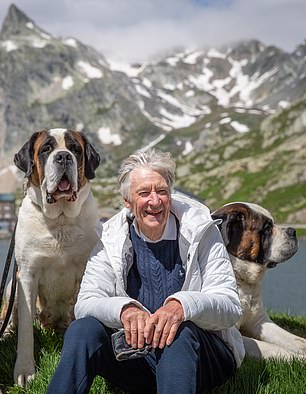
Failing it: Roderick with Saint Bernard
After an hour we reached a gurgling mountain stream fed by melted snow.
Barry, who eats two and a half pounds of meat a day, rolls over and over in the water, screaming with pleasure, before finally agreeing to surface, shaking his huge hairy body and showering us with spray.
“Barry knows he’s the king of the St. Bernards,” Marilyne tells me. “He knows he can please himself.”
Stories are legendary of how Saint Bernards, with their extraordinary hearing and instincts, could sniff out the wounded and lie on them to keep them warm. After centuries of work, they were replaced by helicopters with thermal sensors; The last rescue with a Saint Bernard was in 1975.
It takes five hours to reach the top of the mountain. We are welcomed at the Grand St Bernard Hospice by monks dressed in white who offer us cheese and wine and are accompanied by some alpine horns.
The hospice still functions as a monastery and offers night rest to travelers. It was founded in 1050 by Bernard de Menthon, who gave his name to the Saint Bernard breed. His monks protected pilgrims walking from Canterbury to Rome from bandits.
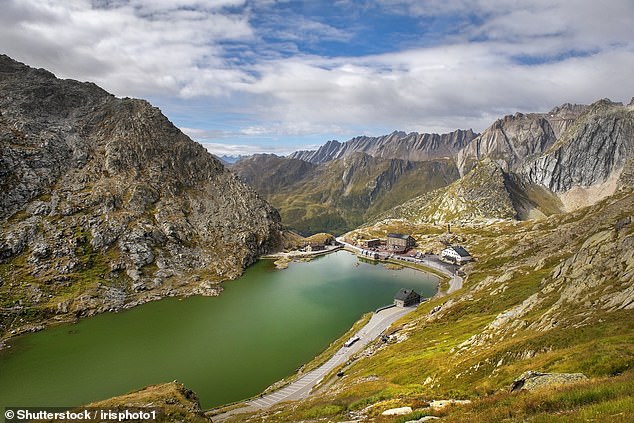
Roderick reveals that visitors can walk with St. Bernard for two hours along the alpine trails. Above, the Great Saint Bernard Pass
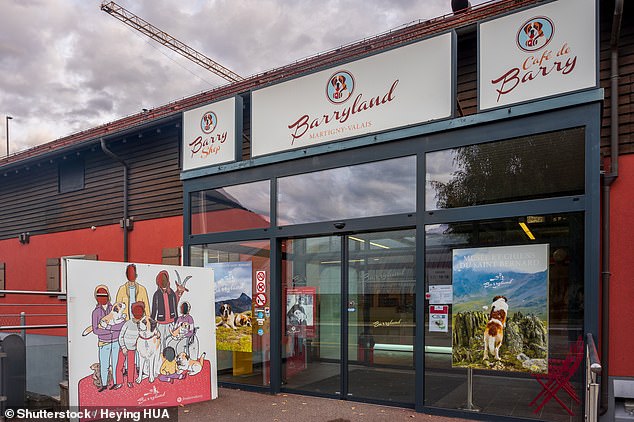
Barryland in Martigny (pictured) is named after the legendary dog Barry, who is credited with saving 40 lives.
For £50 I share a room with a walking partner; others pay less to sleep in a dormitory. There is a hearty dinner, blessed by a canon, at a communal table, and the bells summon me to prayer before going to bed in a candlelit crypt.
According to tradition, during the summer 12 Saint Bernards are kept at this altitude in kennels near the hospice. For a small fee, visitors can walk with them for two hours along the alpine trails and caress their velvety fur.
The public can also walk Saint Bernards at Barryland in Martigny, named after the legendary dog Barry, who is credited with saving 40 lives. “Connecting with the dogs gives everyone a feeling of calm and rejuvenation,” Marilyne tells me.

